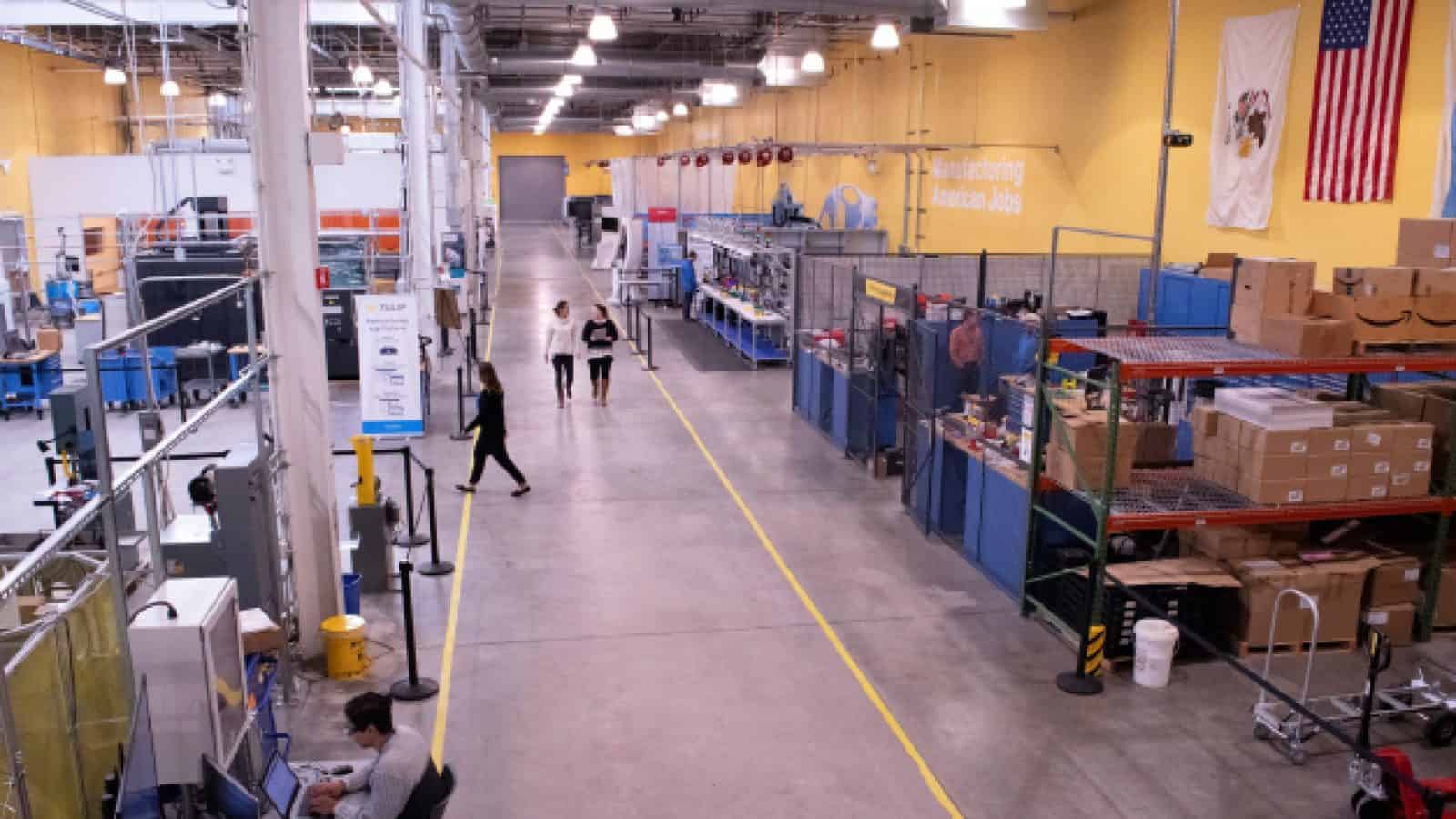Case Study: Johnson & Johnson’s Award-Winning Supply Chain Smart Factory
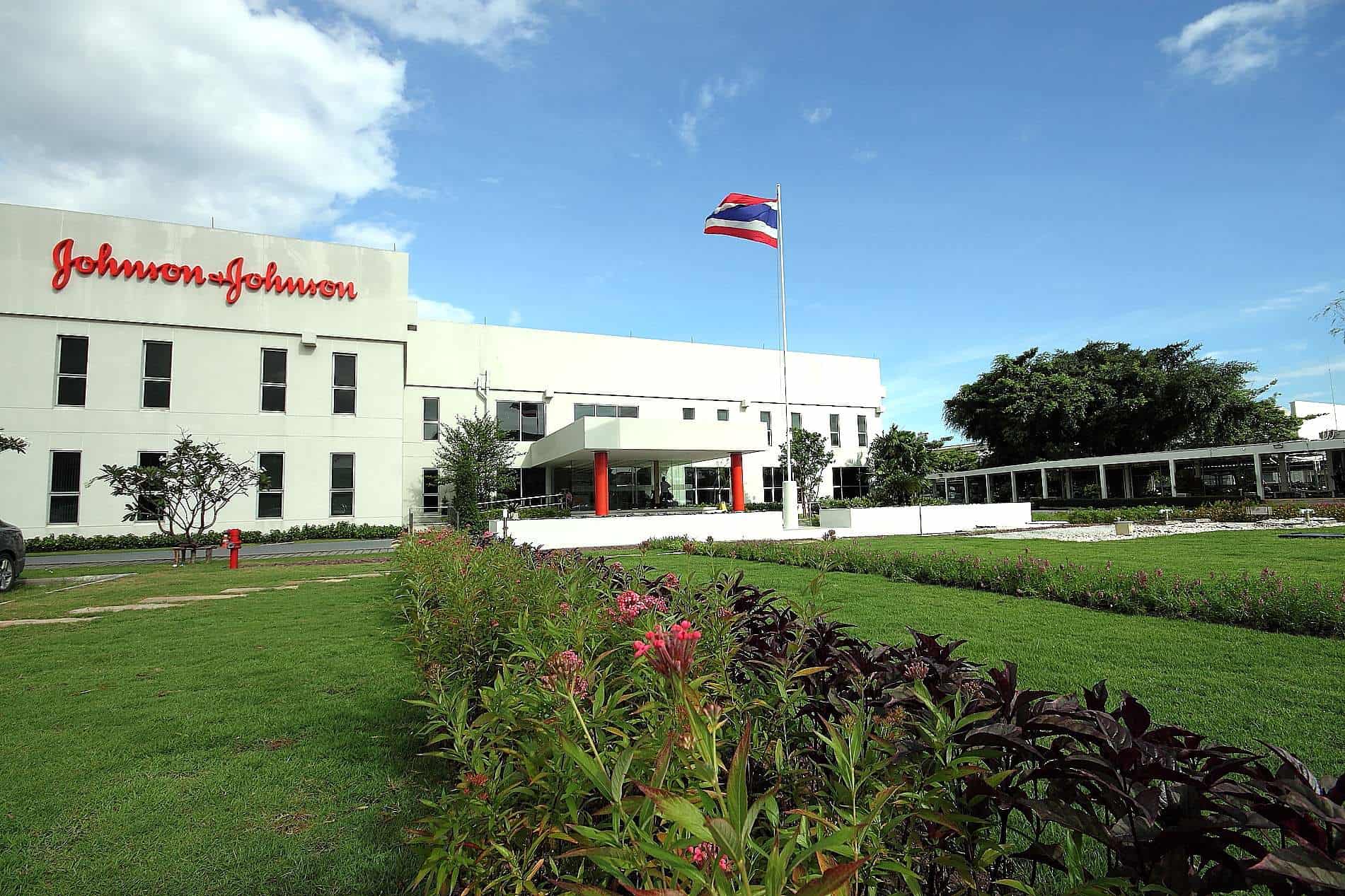
Johnson & Johnson successfully pilots a scalable smart factory strategy to modernize operations and transform how digital capabilities are incorporated

Company Fact File –
Company: Johnson & Johnson
Sector: Health Care Products
HQ location: New Brunswick, NJ
Revenues: $10 billion+ annually
Employees: 5,000+
Web url: www.jnj.com

Health care is a vital part of humanity, and Johnson & Johnson is committed to changing its trajectory by addressing patient, consumer, and customer needs. To accomplish this ambitious goal requires a high degree of visibility, flexibility and resiliency in the manufacturing operation.
Because the external environment has a dynamic impact on production, J&J developed a smart factory strategy that modernizes site operations by building digitally enabled capabilities to solve information, process, product, and human pain points. The smart factory is built upon a cohesive plan and foundation using data along with capabilities such as edge/high performance computing (HPC), process data mining/analytics, asset optimization, AR and VR mobility platforms, and modular systems that are threaded across the value chain – all designed to help optimize flow, improve reliability, resiliency and agility, while ensuring quality and safety.
The Journey to Smart
Many digitalization elements of J&J processes, digital stack, and standard data architecture and design supporting the smart factory began in 2017. Foundational programs like the development of a common data layer architecture, cloud environments, cybersecurity, ERP design, and a next generation manufacturing system platform are needed to ensure access to required data that will enable digital capabilities and solutions that will support processes, people and technologies.

“You can’t look at the individual technologies level,” says Bart Talloen, J&J’s Senior Vice President Supply Chain Strategy, Innovation and Deployment. “It’s all about the ultimate integrated capability for the business that you enable. The interoperability – system thinking – is fundamental because all the elements are interconnected.”
In the first quarter of 2021, the J&J Consumer business segment sites in Lititz, Penn. (USA) and Bangkok, Thailand began the internal diagnostic and review processes for key product value streams and how smart factory initiatives could improve business processes to support the customer. The smart factory process required engagement from all levels of the site’s organization to establish and link short- and long-term business objectives, vision and metrics.
The process included six phases:
1. Visioning
2. Diagnostics
3. Current to future state digital capability
4. Prioritization
5. Roadmap
6. Business planning
The smart factory requires good planning in how investments are made, sequencing, and people skill analysis to ensure optimal performance, agility, and resiliency objectives are met.
Since its inception, the smart factory rollout was extended to two additional J&J consumer sites in the third quarter of 2021 and then deployed across the entire global manufacturing network in the first two quarters of 2022.
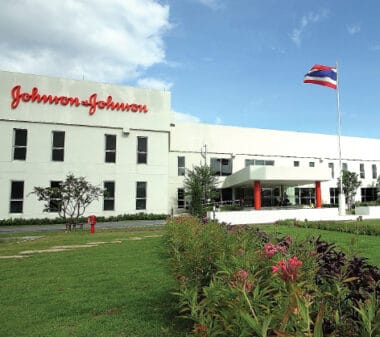
“One of the smart factory objectives is for information to flow easily and in an interconnected way that provides insights for faster and more productive decision-making.”
“The right deployment strategy is critical. It’s always important to start small, nimble – what we call test and learn experiments to test something out,” says Talloen. “Then you take the learnings from those test and learns, and that informs you about deployments strategies.”
The Smart Factory Impact
The J&J Smart Factory transformed how the company identifies, tests, and incorporates digital capabilities to solve process constraints including lead times, equipment and labor efficiency, logistics , and planning processes. The first effort was to build a methodology, or playbook, that ensured a common language, definitions, and approach to understanding the transactional flow within a site, across sites and relationships with other supply chain systems areas (planning, procurement, delivery, customer, and product development).
“Systems can work perfectly, everything can be automated, but at the end it’s still people that are core in the execution. It’s critical to deveop these new technology standards that are clearly articulated for not only operators, but mechanics, engineers, quality people, and planning people to really prescribe in a detailed way those standard operating principles,” Talloen says.
Each smart factory capability was taken into consideration so both data and solutions interacted via a digital thread with interconnection to each system. Traditional problem identification and solving by means of process excellence or lean methodologies identified individual pain points and connections. The smart factory strategy allowed teams to understand and visualize the entire transactional process flow and interconnection of people, equipment, processes, and technology.
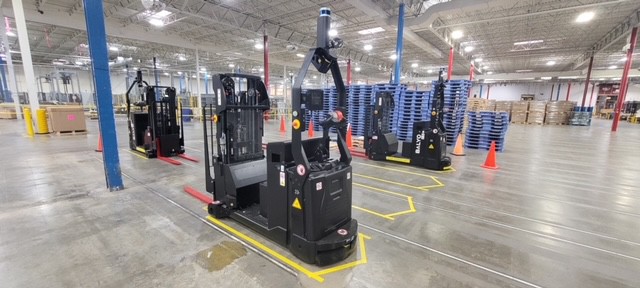
From there, the J&J Smart Factory strategy drove how the J&J Operating System (JJOS) – the company’s process excellence system – and teams understood the end-to-end information flows on a deeper level, which illuminated not just the sheer number of transactions within the end-to-end information flow, but the high incidence of duplication brought on by disparate systems. The JJOS includes process excellence methodologies, tools, metrics, and performance management principles. In addition, teams were able to identify additional flow breakers that would have not been visible without the need to understand the current digital landscape. The exercise was a critical input to building a smart factory roadmap because one of the smart factory objectives is for information to flow easily and in an interconnected way that provides insights for faster and more productive decision-making, so that operators, supervisor and managers can focus on making products.
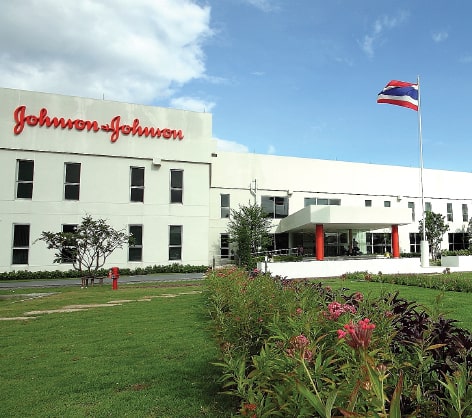
“The smart factory strategy enabled J&J to identify common issues that impact business segments, operations, and needs globally.”
Ultimately, identification of common information flow breakers will populate an expanding digital solutions use-case library. Meanwhile, the capability and skilling process of J&J’s people will enable scaling and accelerate lead time reduction and agility around the globe.
Transforming the Way J&J Addresses Challenges
Beginning with the first Consumer pilot sites in Lititz, Penn., and Bangkok, Thailand, the smart factory program helped the locations address business challenges in new ways. In 2021, supply chain disruptions drove new business challenges throughout Lititz’s warehousing and logistics business units. These challenges led the team to use the JJOS tools to diagnose flow disruptions and leveraged the smart factory framework to identify and implement digital solutions.
- Implementation of J&J’s inbound yard management system, YardView, created detailed trailer visibility and yard jockey movement history. The warehouse team built capabilities for enhanced metric reporting and dashboards driving down detention and service costs.
- A digital twin of the production lines and material movements was created to model flow and material handling between the warehouse and manufacturing lines. The event models identified new product flows and 95% of the site’s total volume was converted to a direct-to-truck loading strategy, decreasing on-hand finished goods inventory by more than 50%. This change in shipping pattern, directly from palletizer to truck, removed 14 days of lead time (LT) from the site to distribution center network.
- Outbound container utilization load building, LoadMax, was implemented for the site, increasing container utilization by 4%, reducing costs by 15%, and lowering carbon footprint by 500,000 kg of CO2 emissions. Through the smart factory program, both Consumer sites can now address flow, productivity, and sustainability challenges in day-to-day business and during the pandemic.
- Scheduling tools were developed to replace manual scheduling and create the digital thread linkage between production’s real time output with logistic arrangement.
- Deliver Lighthouse provided goods-in-transit visibility to downstream markets, and best control on order, inventory, and customer services.
- The next gen manufacturing systems platform development and implementation unlocked the value of information about flow breaks in the manufacturing area to accelerate product release and prevent human error.
- Digital citizen development is aiming to help employees resolve real pain points by utilizing no-code/low code solutions (Power Apps, Alteryx, Azure Machine Learning).
- Workforce digital capability building is a systemic approach to all site employees, teaching how the future digital capability looks through a competency assessment and skills-based learning. The competency gap will be mitigated by multi-method, online learning, hands-on coaching, and project assignments.
As a result, J&J Thailand delivered 25% lead time reduction, 15% productivity improvement, and a 20% carbon footprint optimization.
Scaling for Success
The smart factory strategy provides the means to visualize, react, design, and implement digital capabilities and solutions from site, to region, to network at scale. Powered by clear identification of needs and pain points through information and process excellence, IT technology, and value stream mapping, J&J has identified, tested, developed, and scaled multiple technologies across the manufacturing network and sites within the consumer practice by direct development of tools or by leveraging digital capabilities and technologies from other business units.
J&J has continued deployment of the smart factory strategy across the entire J&J consumer network of twenty-one internal manufacturing sites.
“We’re getting into a phase going forward, where we’re integrating end-to-end supply chain and the smart factory-like capabilities all the way from the connection to the supplier to the connection to the customer,” Talloen says.
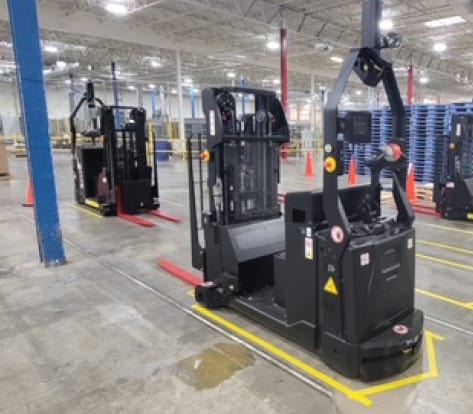
“The right deployment strategy is critical. It’s always important to start small, nimble – what we call test and learn experiments.”
Further expansion of the smart factory strategy into J&J medical technology and pharmaceutical business segments also began in 2022. The J&J Smart Factory strategy has enabled shared learnings, scalability of technologies, acceleration of the technology decision process and clear global investment strategies across the three business segments.
The smart factory process and strategy has enabled teams across all of J&J to not only identify local or regional issues, but to identify common issues that impact all business segments, operations, and needs globally. It has provided insights and focus to establish standard approaches that can be leveraged at scale to deploy across the regions and sites. Capabilities and technologies can be scaled more readily, people skills advanced more rapidly, and savings and competitiveness increased.
In addition to earning High Achiever status in the Enterprise Integration and Technology category at MLC’s 2022 Manufacturing Leadership Awards program, the J&J Smart Factory strategy and deliverables have been acknowledged in many forums and recognitions:
- World Economic Forum (WEF) Lighthouse Award – J&J Helsingborg Site – Q2 2021
- World Economic Forum (WEF) Lighthouse Award – J&J Thailand Manufacturing Site – Q1 2022
- Association for Supply Chain Management (ASCM) Annual Conference – Q3 2021 M
About the author:

Jeff Puma is Content Director for the Manufacturing Leadership Council.
